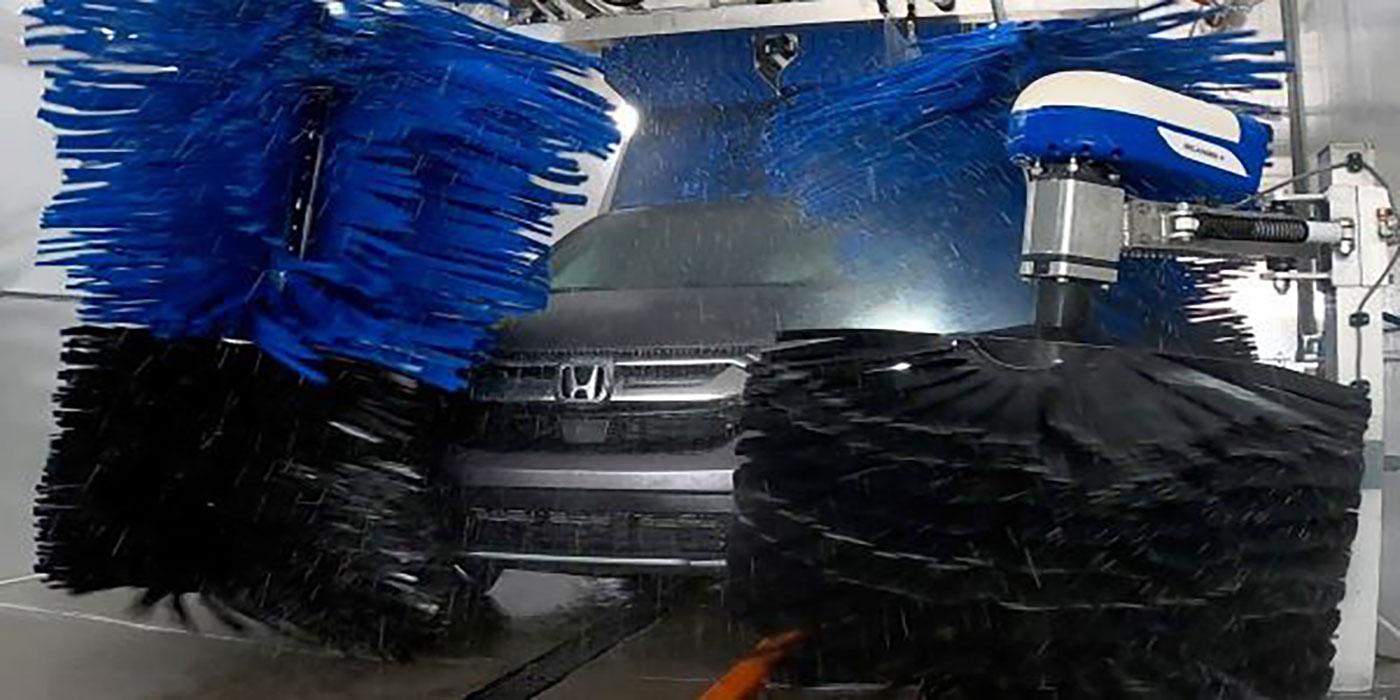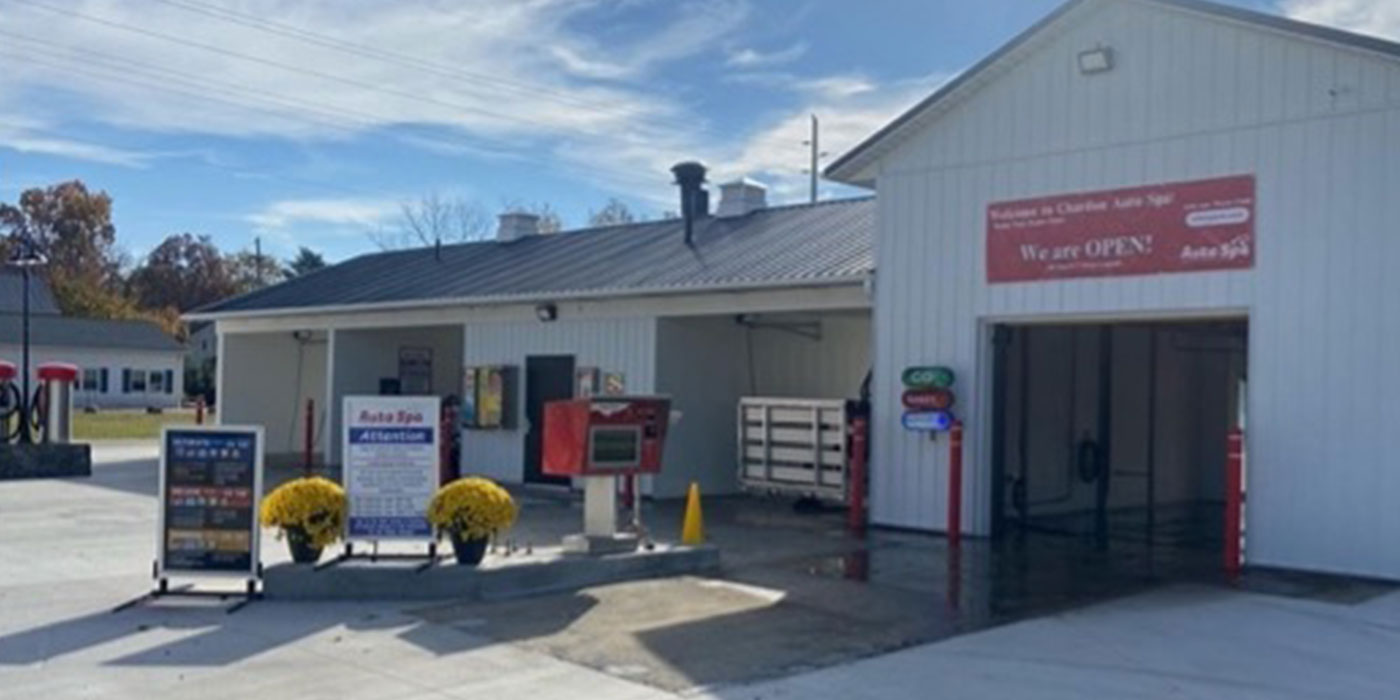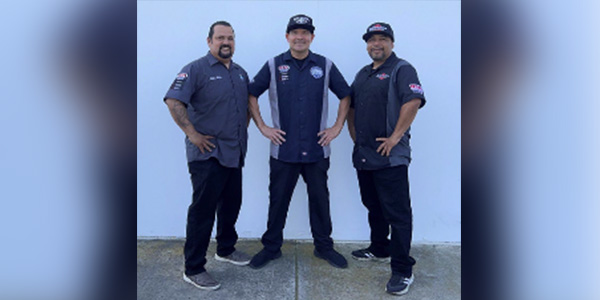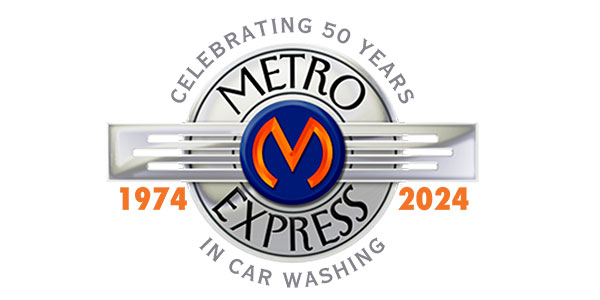As I began to research materials for this blog, it became obvious that there are a lot of alarming statistics and horrible headlines written about this subject. However, my intent is not to simply repeat all of that in this post. Instead, I would like to provide some basic ideas that will help you know how to identify and mitigate the potential of unsafe workplace confrontations at your wash.
There are generally four categories that workplace violence can fall into. The National Institute for Occupational Safety and Health (NIOSH) lists them as follows:
- Criminal intent: The perpetrator has no legitimate relationship with the business or the employees. He or she is there generally at the location to commit some type of crime, and any subsequent violence is incidental.
- Customer/client: Normally occurs when the aggressor does have some relationship with the business and acts out in a violent manner due to a situation brought about by a service -related incident.
- Worker-on-worker: This act is committed by an employee, or past employee, often due to work-related disputes or stress-related behavior.
- Personal relationship: This is the last category and is defined mostly as a person who has a direct relationship with the intended victim.
After reading these categories, some may feel it’s not their responsibility, or their place, to constantly observe and evaluate the mentality of everyone at their wash. Many elect to ignore the hazards associated with some, or all, of these situations. Unfortunately, that may lead to their location being the next headline.
The majority of the research for this blog agreed that the cause of most violent events in the workplace is stress. The following are some factors that may contribute to that hazard, along with some suggestions to defuse a stressful episode. (For the purposes of this blog, I have concentrated on the third category of workplace violence: worker-on-worker):
- Significant change in job description: It is important to be sure that an employee is qualified to perform the work required for his or her new role. Training is also essential to be sure that employees are comfortable with what is expected of them.
- Downsizing: Communication during downsizing is vital to keep the morale high and stress levels low. A lack of updates can cause employees to draw their own conclusions about what is occurring. In these cases, employees tend to think of the worst case scenario, which could be counterproductive to what you are trying to accomplish.
- Poor hiring practices: Investigate the state standards with regard to considering criminal background records as a part of the hiring process. Background checks are now cost effective, easy to perform and provide a wide scope of an employee’s history. At the very least, look at references whenever possible.
- A lack of procedures to report violent incidents: Without exception, every organization needs to have a violent incident reporting policy in place. At a minimum, your policy should include a zero-tolerance policy with regard to workplace violence, naming the individuals assigned to accept reporting responsibilities within the wash management team, written acknowledgement that all threats are to be taken seriously and an outline of workplace violence policies and procedures. These should include how to respond to potential threats and how to involve all proper resources within the law enforcement community.
- Loss of a job, raises or promotions: Resist an arbitrary approach to compensation. Proper documentation is vital to making sure management is providing a fair and equitable policy for all employees. The termination of any employee should be backed by sound reasoning and a good paper trail. These procedures should be spelled out in the employee manual and made available to all employees.
- Money problems: This falls into the category of observation. Pay attention when an employee constantly asks for advances, fails to pay back loans or complains to co-workers about unpaid bills. These may be signs that they are having money problems.
- Drug and alcohol abuse: This is another observational concern. Look for signs of physical characteristics associated with drug or alcohol abuse. Also note any changes in behavior that can be attributed to controlled substances. Be sure to have a drug and alcohol abuse policy in the employee manual.
- Being reprimanded in front of associates: Being humiliated in front of co-workers can be a huge stress builder. Any criticism should take place in a private setting and be offered in the most positive tactic possible.
- Being exposed to bullying: A part of a workplace violence manual should include a policy on bullying as well as a mission statement supporting zero tolerance. Look for signs of mental and physical abuse.
- Sexual harassment: Once again, this needs to be a part of an employee manual with a clear message outlining the company’s position on this topic.
This is a short list, and you may have some of your own ideas. The point is that any one of these could cause stress and trigger a violent act. Owners, operators and supervisors/managers should consider these potential hazards and best practices for resolving them.
In the end, most of this comes down to observation. Employees are the most important resource at a carwash. To help keep them comfortable and safe, controlling and preventing potential workplace violence is vital. Pay attention to the aforementioned factors, train supervisors/managers to spot unusual behaviors, design and enforce a workplace violence policy and encourage open communication with all employees.
As with the message for all my blog posts, if you don’t take action, nothing will happen. In this case, you may become the next headline.
The following link offers a lot of good information to help owners and operators develop a plan, if they don’t have one currently in place: http://www.ago.state.ms.us/wp-content/uploads/2013/08/workplaceviolenceguide.pdf.
Remember, a safe wash protects people and profits.














